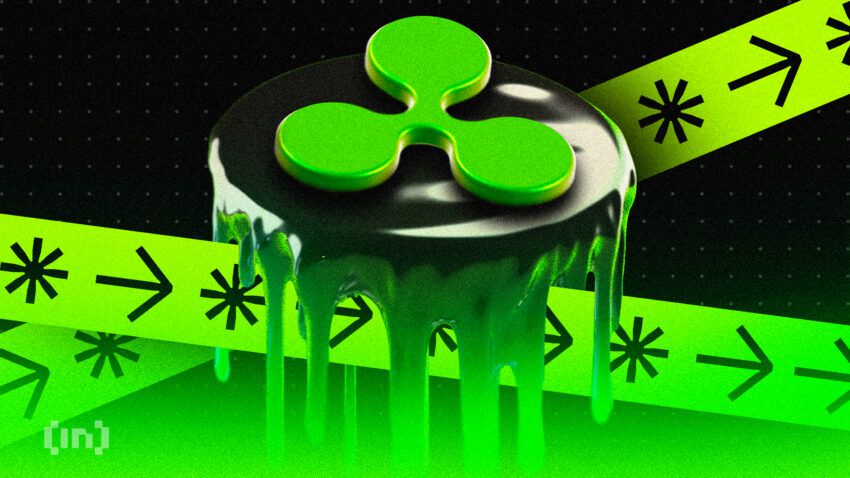In the ever-evolving landscape of cryptocurrencies, Ripple (XRP) has emerged as a significant player. Its unique features and use cases set it apart from other digital currencies. In this comprehensive guide, we will delve into the world of Ripple (XRP), exploring its origins, technology, applications, and future prospects.
What is Ripple (XRP)?
1.1 The Birth of Ripple
Ripple was created in 2012 by Jed McCaleb and Chris Larsen, aiming to provide a faster and more efficient way of conducting cross-border transactions.
The Technology Behind Ripple
2.1 Distributed Ledger Technology
Ripple utilizes a distributed ledger technology called the XRP Ledger, which is known for its security and scalability.
2.2 Consensus Mechanism
Unlike Bitcoin’s proof-of-work, Ripple employs a consensus mechanism that doesn’t rely on mining, making it more energy-efficient.
XRP as a Digital Asset
3.1 XRP Tokens
XRP serves as the native cryptocurrency of the Ripple network and is used to facilitate transactions and as a bridge currency for cross-border payments.
3.2 XRP Supply
Exploring the total supply of XRP and its distribution among stakeholders.
Ripple’s Use Cases
4.1 Cross-Border Payments
Ripple’s primary use case lies in revolutionizing cross-border payments, making them faster and more cost-effective.
4.2 RippleNet
An overview of Ripple’s global payment network, RippleNet, and how financial institutions benefit from it.
Challenges and Controversies
5.1 Regulatory Concerns
The ongoing debate over XRP’s classification as a security and its implications for the cryptocurrency.
5.2 Lawsuits
A closer look at the legal battles Ripple Labs has faced and their potential impact on the company and XRP.
The Future of Ripple (XRP)
6.1 Adoption and Partnerships
Examining Ripple’s partnerships with major financial institutions and its potential for widespread adoption.
6.2 Price Speculation
Analyzing the factors that can influence XRP’s price in the future.
Conclusion
Ripple (XRP) represents a compelling innovation in the world of cryptocurrencies. It’s focus on solving real-world problems in the financial industry, such as cross-border payments, makes it a cryptocurrency to watch. However, it is important to stay updated on the evolving regulatory landscape and legal challenges that Ripple faces.
If you’re interested in exploring the world of Ripple further, don’t hesitate to access more information by clicking the link below:
FAQs
Investing in cryptocurrencies carries risks, including XRP. It’s essential to do thorough research and consider your financial goals before investing.
Ripple uses a consensus algorithm called the Ripple Protocol Consensus Algorithm (RPCA) to validate transactions without the need for mining.
Yes, you can purchase XRP with fiat currency through various cryptocurrency exchanges.
Some alternatives to Ripple in the cross-border payments space include Stellar (XLM) and SWIFT.
Ripple can be stored in cryptocurrency wallets, both hardware and software-based, for enhanced security.


